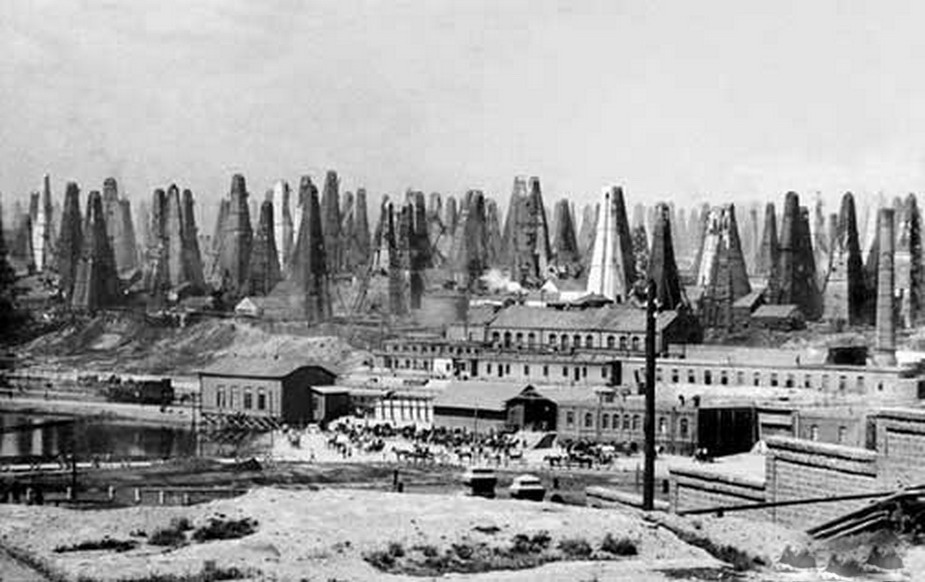|
Shah Sefi's Caravanserai
Shah Sefi's Caravanserai is a historical and architectural monument of the 17th century located in the village of Balakhani. It was built in 1635-1636 by the master Burkhan and the sarkar Behbud at the order of the Safavid The Guarded Domains of Iran, commonly called Safavid Iran, Safavid Persia or the Safavid Empire, was one of the largest and longest-lasting Iranian empires. It was ruled from 1501 to 1736 by the Safavid dynasty. It is often considered the begi ... ruler Shah Sefi I. Shah Sefi's caravanserai on the plan represent an elongated rectangle with an aspect ratio of approximately 1:3. The caravanserai's entrance is oriented to the north-east. History Shah Sefi's caravanserai was built in 1635-1636 by the master Burkhan and the sarkar Behbud at the order of the Safavid ruler Shah Sefi I. The caravanserai, called by the local population the Palace of Haja Ruhulla, is located in the centre of the village. During the years of the Soviet occupation, the caravansera ... [...More Info...] [...Related Items...] OR: [Wikipedia] [Google] [Baidu] |
Balaxanı
Balaxanı or Balakhani (Tat language (Caucasus), Tat: ''Balxuni'') is a settlement and municipality near Baku, Azerbaijan, on the Absheron Peninsula. Taking advantage of the area's oil pools, a 35 m deep well was dug manually in 1593. The Russians built the first oil refinery, oil-distilling factory here in 1837. In the 1886 official census, 2,843 ethnic Tat people (Caucasus), Tats were living here. its population was 11,615. Places of interest *Shah Sefi's Caravanserai, monument File:Balakhany ovdan.jpg, Ovdan (Balakhani), Balakhani ovdan File:Haji Shahla mosque.jpg, Haji Shahla Mosque, Shahla mosque File:Balaxanı evləri (13).jpg, Balakhani houses File:Balaxanı evləri (4).jpg, Balakhani street File:Balaxanı Qəsəbəsi.jpg Notable natives * Sadig Rahimov, Chairman of the Council of Ministers of Azerbaijan SSR (1954–1958) *, oil magnate and philanthropist See also *Petroleum industry in Azerbaijan *Ovdan (Balakhani) *Haji Shahla Mosque R ... [...More Info...] [...Related Items...] OR: [Wikipedia] [Google] [Baidu] |
Caravanserai
A caravanserai (or caravansary; ) was an inn that provided lodging for travelers, merchants, and Caravan (travellers), caravans. They were present throughout much of the Islamic world. Depending on the region and period, they were called by a variety of names including ''khan'', ''funduq'' and ''wikala.'' Caravanserais supported the flow of commerce, information, and people across the network of trade routes covering Asia, North Africa and Southeast Europe, most notably the Silk Road. In the countryside, they were typically built at intervals equivalent to a day's journey along important roads, where they served as a kind of Stage station, staging post. Urban versions of caravanserais were historically common in cities where they could serve as inns, depots, and venues for conducting business. The buildings were most commonly rectangular structures with one protected entrance. Inside, a central courtyard was surrounded by an array of rooms on one or more levels.'''' In additio ... [...More Info...] [...Related Items...] OR: [Wikipedia] [Google] [Baidu] |
Safavids
The Guarded Domains of Iran, commonly called Safavid Iran, Safavid Persia or the Safavid Empire, was one of the largest and longest-lasting Iranian empires. It was ruled from 1501 to 1736 by the Safavid dynasty. It is often considered the beginning of History of Iran, modern Iranian history, as well as one of the gunpowder empires. The Safavid List of monarchs of Persia, Shāh Ismail I, Ismā'īl I established the Twelver denomination of Shia Islam, Shīʿa Islam as the Safavid conversion of Iran to Shia Islam, official religion of the empire, marking one of the most important turning points in the history of Islam. An Iranian dynasty rooted in the Sufi Safavid order founded by sheikhs claimed by some sources to be of Kurds, Kurdish origin, it heavily intermarried with Turkoman (ethnonym), Turkoman, Georgians, Georgian, Circassians, Circassian, and Pontic Greeks, Pontic GreekAnthony Bryer. "Greeks and Türkmens: The Pontic Exception", ''Dumbarton Oaks Papers, Vol. 29'' (1975), ... [...More Info...] [...Related Items...] OR: [Wikipedia] [Google] [Baidu] |
Safi Of Persia
Sam Mirza () (161112 May 1642), known by his dynastic name of Shah Safi (), was the sixth shah of Safavid Iran, ruling from 1629 to 1642. Abbas the Great was succeeded by his grandson, Safi. A reclusive and passive character, Safi was unable to fill the power vacuum which his grandfather had left behind. His officials undermined his authority and revolts constantly broke out across the realm. The Ottoman–Safavid War (1623–1639), continuing war with the Ottoman Empire, started with initial success during Abbas the Great's reign, but ended with the defeat of Iran and the Treaty of Zuhab, which returned much of Iran's conquests in Mesopotamia to the Ottomans. In order to assert his authority, Safi purged every potential claimant to his throne, including the sons of the Safavid princesses, and the sons of Abbas the Great, who were blinded and thus were unqualified to rule. The purge also saw the deaths of the leading figures of the realm. An example of Safi's cruelty occurred on ... [...More Info...] [...Related Items...] OR: [Wikipedia] [Google] [Baidu] |

